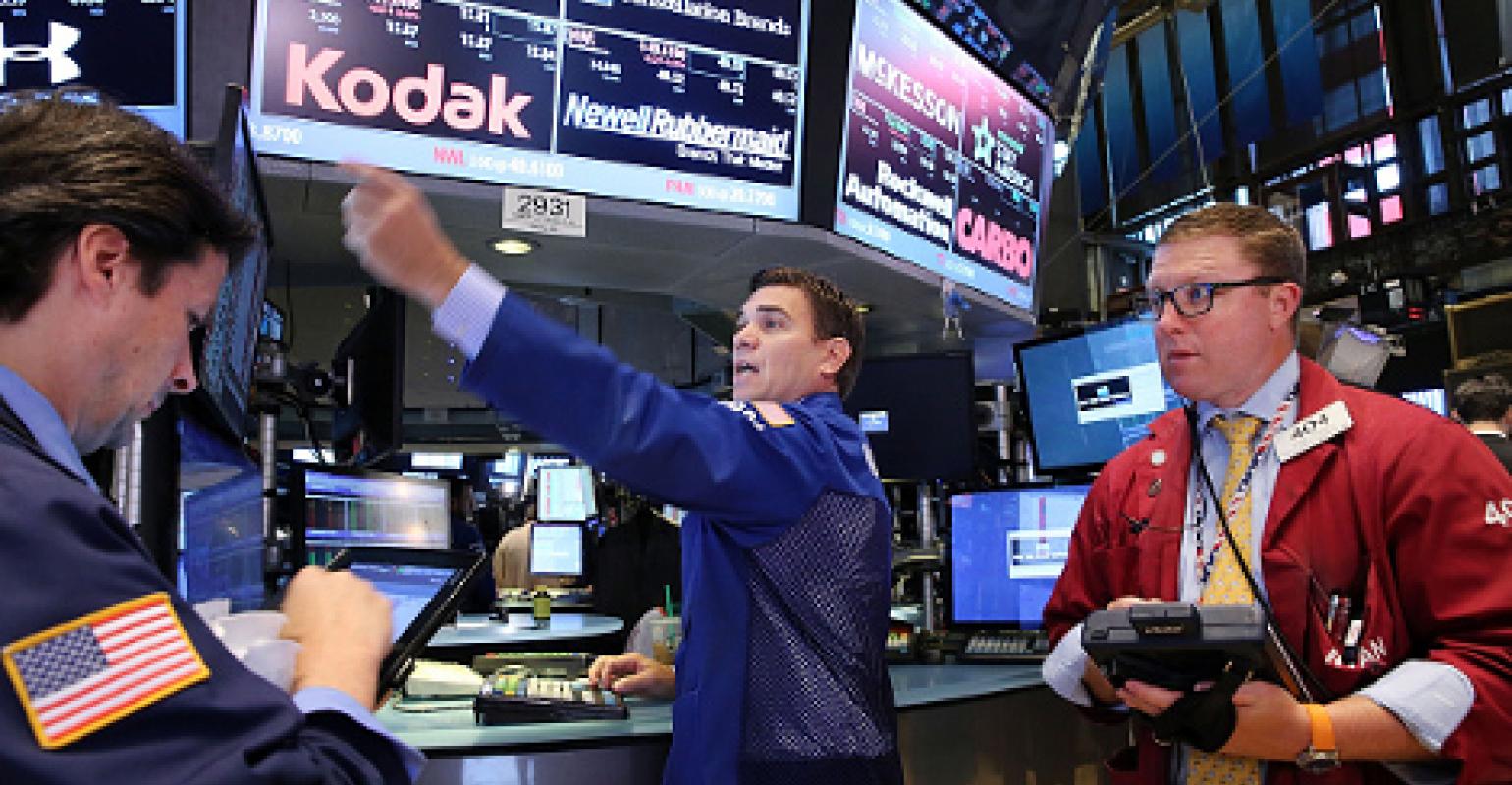
It’s no secret that a handful of tech giants have been dominating the stock market, but their leadership has reached a level that is raising eyebrows on Wall Street as being unsustainable.
The top five U.S. companies — Apple, Microsoft, Alphabet, Amazon and Facebook — now make up 18% of the total market capitalization of the S&P 500, the highest percentage in history, according to Morgan Stanley.
“A ratio like this is unprecedented, including during the tech bubble,” Mike Wilson, the bank’s head of U.S. equity strategy, said in a note Sunday. “Capital concentration is following corporate inequality like never before.”
These mega tech firms have been the front-runners in this record-long bull market as investors bet on superior growth and dominant market share in their respective industries. They were the biggest contributors to the market’s historic gains last year and the trend shows no signs of stopping in 2020. However, multiple Wall Street strategists are sounding alarms on the increasing dominance of Big Tech, warning of a potential pullback in the stocks ahead.
‘Selling opportunity’
Apple’s weighting in the S&P 500 surpassed 4% in October, the sixth time the iPhone maker has crossed that threshold. But if history is any guide, it could be a ominous sign for the stock, according to Leuthold Group analyst Phil Segner.
He noted during the previous five times when Apple topped the 4% threshold, the stock underperformed the S&P 500 by nearly 9% on average in the next 12 months.
“With history as a guide, its most recent climb into the 4% Club looks like another selling opportunity,” Segner said in a note.
Going back to 1990, only five stocks — Apple, Microsoft, Generic Electric, Cisco Systems and Exxon Mobil — have claimed more than 4% of the S&P 500, and their leader status has typically been short-lived, Segner noted. General Electric stayed the longest — 15 months — above the threshold, while Cisco only lasted a month, he said.
Rising concentration risks
Apple and Microsoft, which surged 86% and 55% in 2019, respectively, together accounted for nearly 15% of the S&P 500′s advance last year. No other stock even came close to their contribution.
The megacap stocks are leading the market again in the new year. In fact, the 50 largest stocks in the S&P 500 are up the most this year with an average gain of 1.22%, according to Bespoke Investment Group.
“The larger, the better so far in 2020,” Paul Hickey, Bespoke’s co-founder, said in a note Friday. “Market cap has seemingly been the most important factor in terms of performance so far this year.”
Bank of America highlighted the “rising correlation and concentration risks” in a recent note to clients, arguing a case can be made for active stock picking in other areas of the market away from the big players.
The 10 largest stocks in the S&P 500 and the Russell 1000 benchmarks now account for 23% and 21% of the total index market cap, respectively — the highest levels since the tech bubble, according to Savita Subramanian, head of U.S. equity and quantitative strategy at Bank of America.
“While these are potential risk factors to the overall equity markets, it could also be an opportunity for active managers,” Subramanian said.
Income divergence
As these tech giants’ market caps ballooned to record highs, their income contribution to the broad market decreased in recent years, a red flag for the stock prices, Wilson of Morgan Stanley said.
“During 2019, the net income concentration for the 1 percenters didn’t keep pace with their market cap concentration,” Wilson said.
“These companies will then need to deliver on the income side of the inequality divide or risk a sharp decline in price,” he said.























